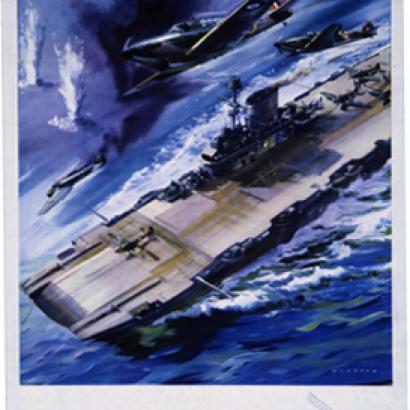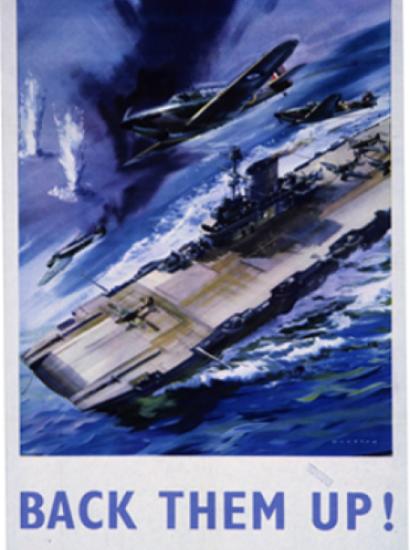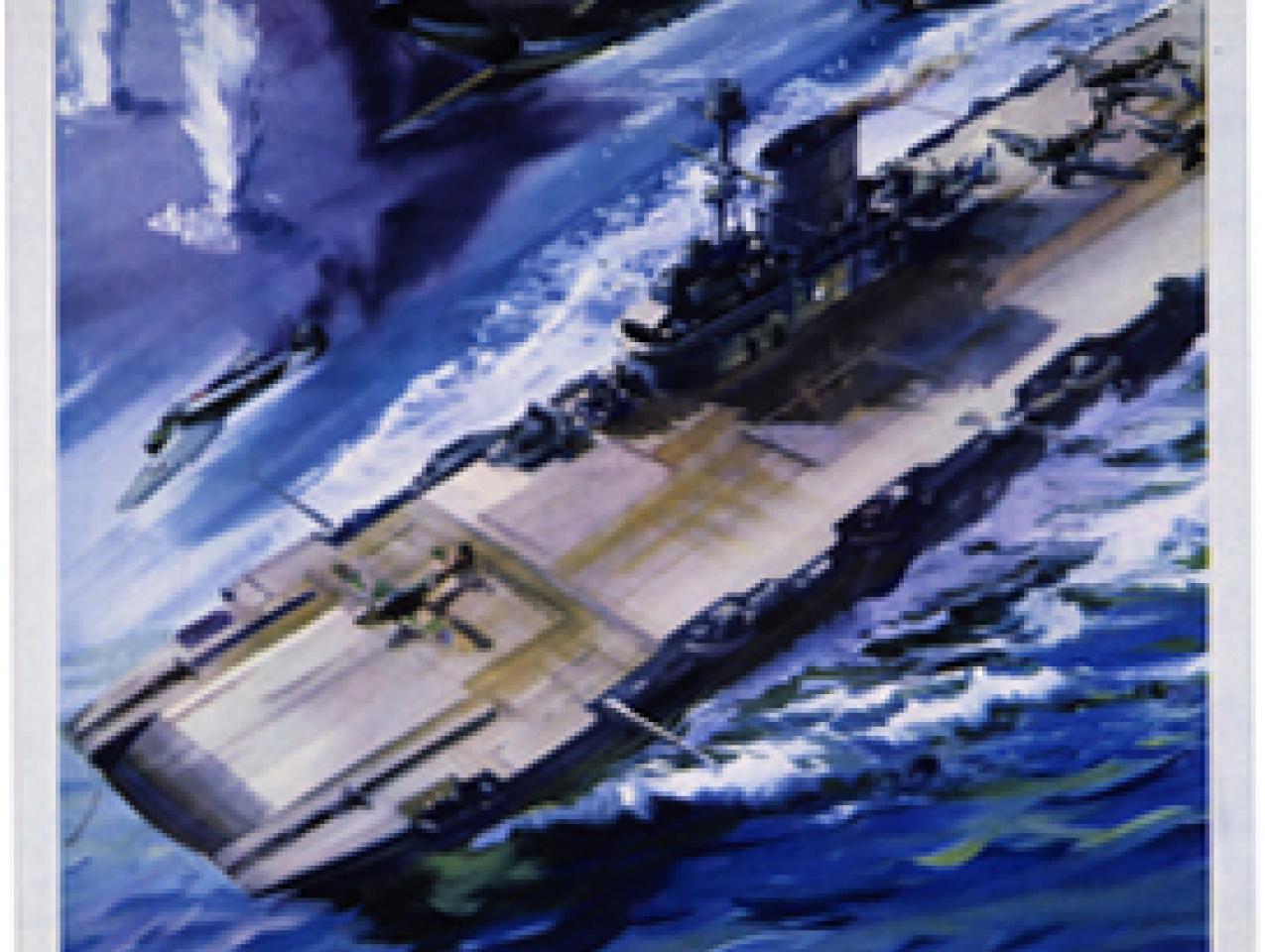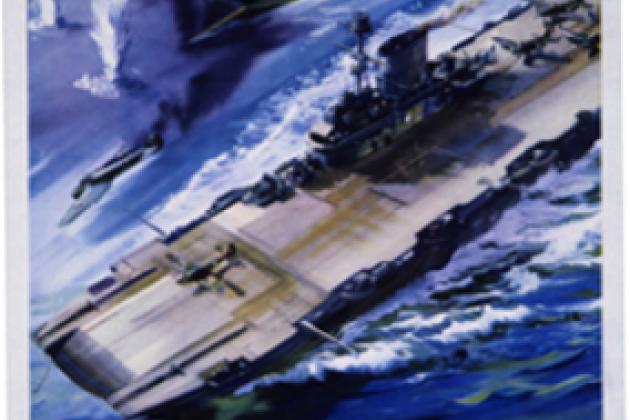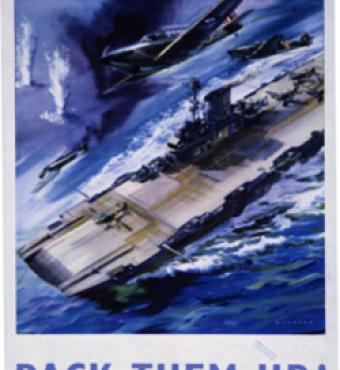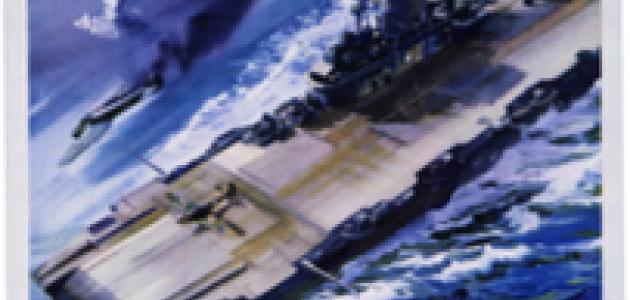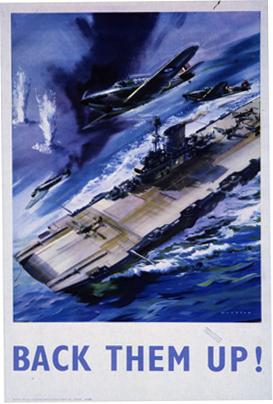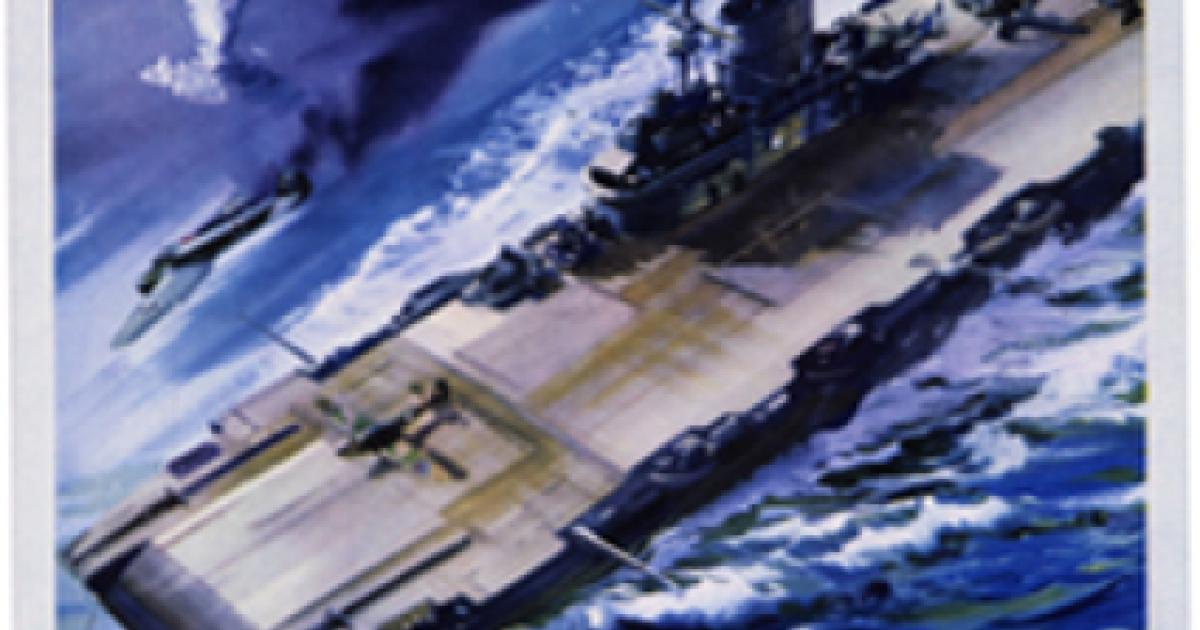- Security & Defense
- US Defense
- History
- Military
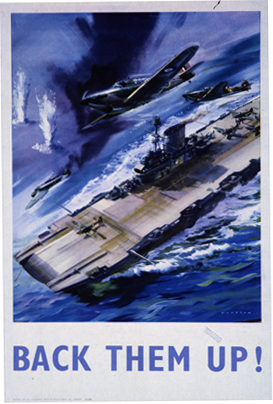
The world’s militaries—and especially the most advanced military in the world, that of the United States—are now caught in the vortex of technological change.
This is not a new phenomenon. Ever since the Industrial Revolution began in the late 18th century, the pace of transformation has been accelerating. The horse gave way to the railroad and then the tank and truck. The sailing line-of-battle ship gave way to the steam-driven battleship and eventually to the nuclear-powered aircraft carrier. The muzzle-loading musket gave way to the breach-loading repeating rifle and the machine gun. Smoothbore cannons firing solid shot gave way to rifled artillery firing high-explosive shells and then to rockets. Aircraft added an entirely new dimension to warfare, rapidly advancing from the primitive wood-and-canvas biplanes of World War I to the jet-powered fighters and bombers of the post-World War II era and eventually to the stealth aircraft of the 1980s and beyond. Their munitions advanced from inaccurate “dumb” bombs to highly accurate “smart” bombs and missiles. First the telegraph and then the radio and now digital communications networks supplanted the horse-borne messenger and the heliograph for purposes of command and control. Scouting out enemy formations, once the job of skirmishers and spies, became a task for aircraft, satellites, and eventually drones. And looming over everything has been the scepter of the super-weapon—the atomic bomb—which has not been used since 1945.
It is easy to conclude, from the past two centuries of metamorphosis, that those militaries which successfully changed the way they did business came out on top while those that stuck to antiquated systems set themselves up for defeat. There is indeed plenty of evidence to support this contention. The most famous example, oft-cited, is that of the German army in the interwar period which adapted itself to the demands of armored warfare in ways that its enemies, from Poland in the east to France in the west, did not. One could also cite the example of the Japanese navy which avidly took to the aircraft carrier during the same period while the American and British navies remained wedded to the battleship. Or, more recently, Saddam Hussein’s army in the Gulf War of 1991: The Iraqis were preparing for a World War I-style slogging match. They were caught flat-footed by the ability of U.S. tank columns to maneuver in the open desert using a new-fangled technology known as the Global Positioning System which made possible the “left hook” that sent the Iraqi army reeling out of Kuwait.
But for every example of a military that embraced change and was rewarded with victory, at least in the short-run, there is a countervailing example of a military that placed too much reliance on new technologies and paid the price. In the 1930’s both the U.S. Air Force and the Royal Air Force were in thrall to heavy bombers such as the B-17 Flying Fortress and the Lancaster; they assumed that the bombers would always get through and wreak such devastating damage that any enemy would capitulate in short order. As a result both the U.S. and the UK slighted the need for ground forces. When World War II broke out, however, they soon discovered that bombers were prone to be shot down and that, even when they delivered their ordnance, being bombed only intensified German or Japanese will to fight. Hitler, for his part, poured copious resources into building V-1 and V-2 rockets that did not turn out to be quite the wonder weapons he imagined; he would have been better advised to build more anti-aircraft guns to shoot down Allied bombers.
The mistakes did not end in 1945. In the postwar period of Eisenhower’s New Look, the U.S. military embraced tactical nuclear weapons while failing to prepare for fighting guerrillas as it would soon do in the jungles of Vietnam. More recently, in the 1990’s, the Pentagon invested heavily in “network-centric” warfare, placing its reliance on information systems while reducing the number of soldiers and marines. The U.S. then became involved in counterinsurgencies in Afghanistan and Iraq which largely negated American advantages in high-tech weapons while brutally revealing the shortage of infantrymen needed to pacify such large countries.
What does this contradictory record suggest about the future of carrier groups, traditional fighter wings, and infantry divisions? Are they anachronisms or still relevant?
There is no doubt that new technologies are threatening to make surface ships, tanks, and manned aircraft obsolete. Ships and tanks are increasingly vulnerable to precision-guided missiles, while manned aircraft are being increasingly superseded by unmanned aerial vehicles which are cheaper and smaller and can stay aloft longer without risking pilot casualties. But it is too soon to ditch these legacy systems which remain, if nothing else, important symbols of American power projection. A military’s job, after all, is not just to win big wars against technologically sophisticated adversaries; it is also to show the flag and to deter conflict from breaking out, and in this regard aircraft carriers, tanks, and jet fighters remain quite useful. Even on a high-intensity battlefield, they still remain useful even if at higher risk than before. But it is now possible to imagine a date in the future when using—and possibly losing them—will be too risky to contemplate.
What about infantry formations? Ironically, the lowest-tech and oldest form of warfare is also the one that is least susceptible to replacement by advanced machines (at least pending the arrival of true Terminators). There are certainly tools, such as better guns, armor, and communications gear that can help infantrymen do their job better. But if you want to decisively defeat and transform an adversary, as we have done with countries such as Germany and Japan, you must still occupy enemy soil—and occupation duty still requires riflemen. Likewise there is no way to quash an insurgency by relying on long-range strike platforms. You still need infantry on patrol, interacting with the populace and gathering intelligence. That is a job that soldiers have been performing since the days of the Roman legions and there is still no substitute in sight. Even amid the bewildering alterations wrought by the Information Age, some things never change.







